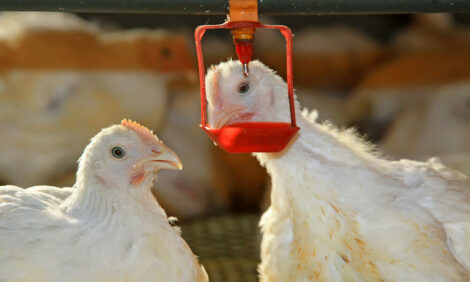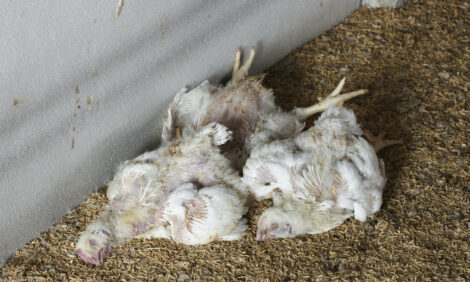



CME: Potential Impact of Weather on Crop Yields
US - With much of the corn crop now above ground (97 per cent), market participants have turned their attention to weather conditions and the potential impact that dry, hot weather can have on crop yields, write Steve Meyer and Len Steiner.It’s a ritual of spring and this year is
no different. The guessing game will continue fort the next 6-8
weeks. However, given that the crop was put in the ground earlier
than normal, the next four to six weeks will be critical. So far,
June has offered some bullish support for the market even as a
number of macro factors (China demand, Euro blowup, general US
economy) remain generally bearish for corn values. December corn
futures were up 14 cents yesterday and gained another 4 cents in
overnight trading on concerns that a spell of dry weather in Eastern
Iowa, Indiana and Illinois could slow crop progress and take
its toll on the developing crop.
There is some speculation among
market analysts that lower than normal precipitation could also
cause USDA to cut back its estimates for a record corn yield of 166
bu./acre this fall. Any potential crop damage has yet to show up in
the crop survey data. The weekly crop progress report issued last
night indicated that for the week ending June 3, 72 per cent of the US
corn crop was in good or excellent condition. This was about the
same as a week ago and defying expectations for a modest deterioration
in conditions. Rather, the report indicated a 2 per cent change
from good/excellent, with the other categories exactly the same as
a year ago. As you can see from the chart below, the corn crop is
generally in good shape in June and it is not until early July that
we see the paths of various crops diverge.

Still, all eyes are on precipitation given the size of the current crop plantings. The bottom chart from NOAA shows how precipitation in the last 30 days compares to normal rainfall for this period. Some areas of Iowa, Illinois and Indiana rainfall is running 4-6 inches below normal. Because of residual moisture, it is likely this is not having an immediate effect but, should current patterns condition and be accompanied with higher temperatures, then eventually this could start to affect the crop. Some private estimates already have started to pencil in yields that are below $160 bushels per acre. But again, the thing to note is that we are still early and this crop could go a number of different directions.

Farmers and livestock producers would also do well to not
just look at weather patterns at home but also the gathering storm
clouds in financial markets across the Atlantic. There may be
some fatigue with the dysfunctional state of affairs in Europe.
Nevertheless, how the Euro Zone handles the crisis will have a
profound effect in commodity markets. There is little corn that moves between the US and Europe but there is plenty of money.
And when that money runs for the door, seeking shelter in bonds
and other instruments, it tends to hit commodities indiscriminately.
There is a sense that the Euro Zone problems will reach
finality in the next three months - just in time for harvest. Let’s
hope politicians and bankers have learned a thing or two from
the fall of 2008. Otherwise it could prove to be an even more
expensive remedial course.









